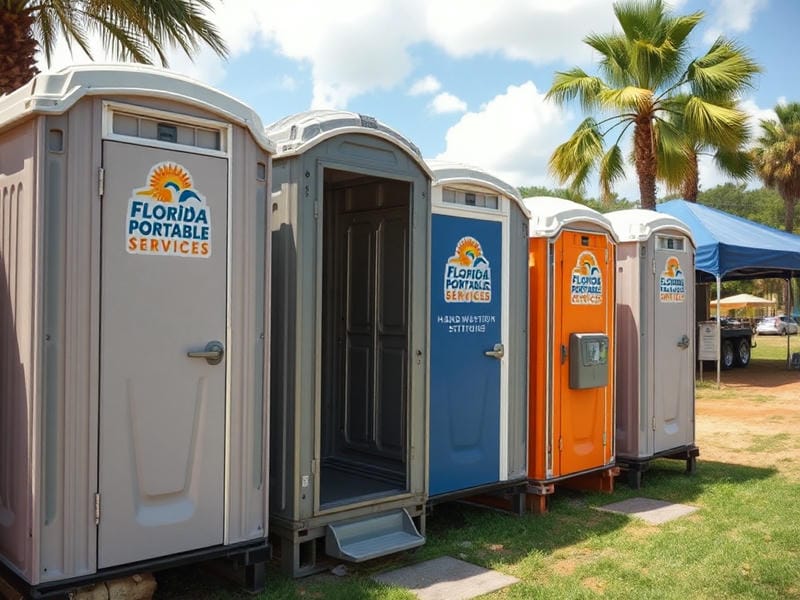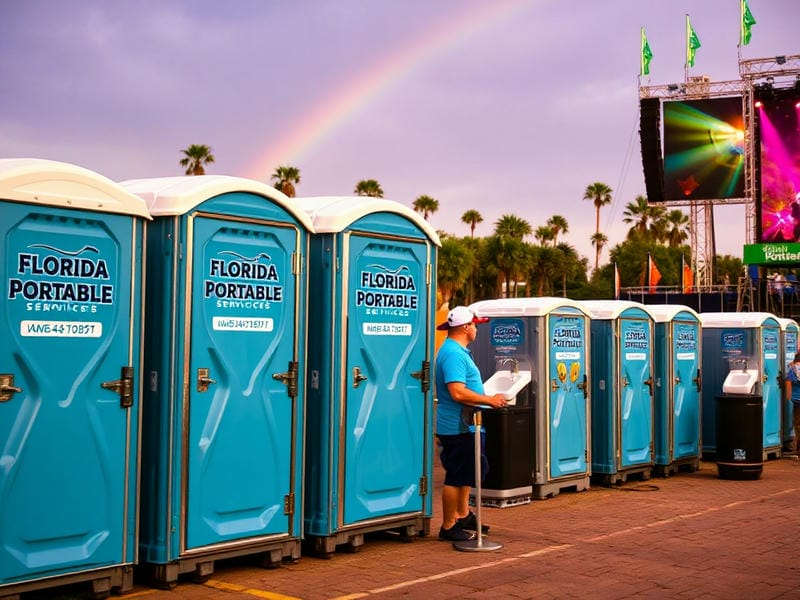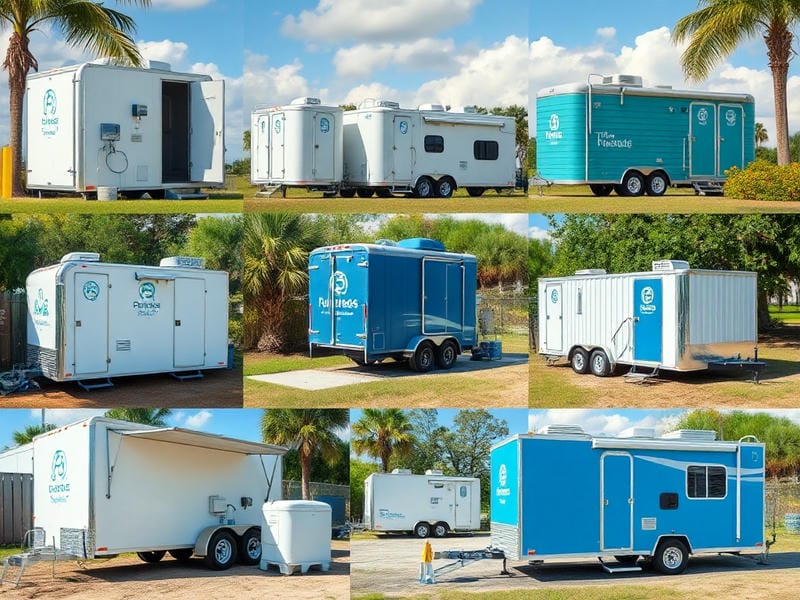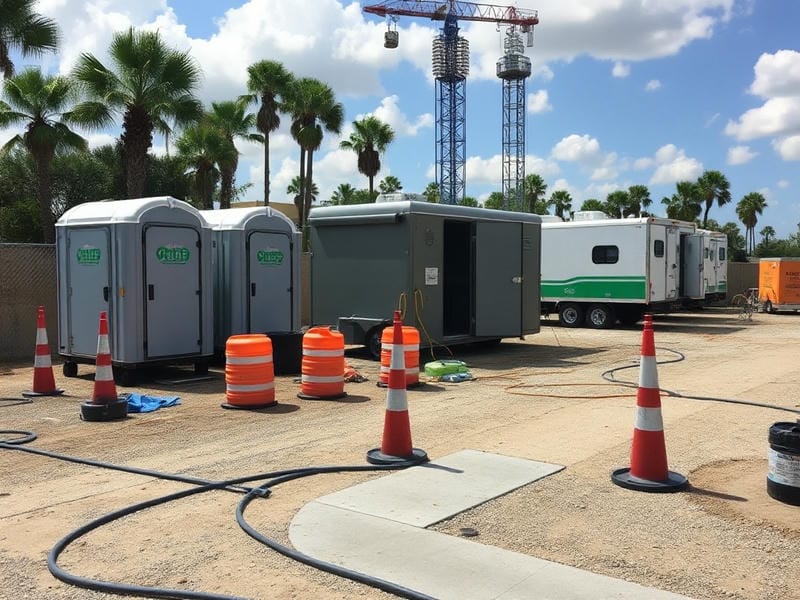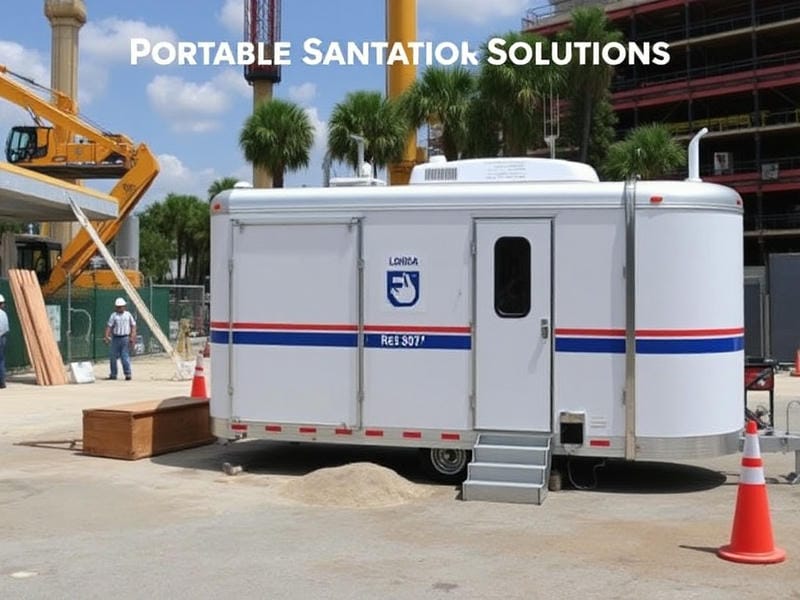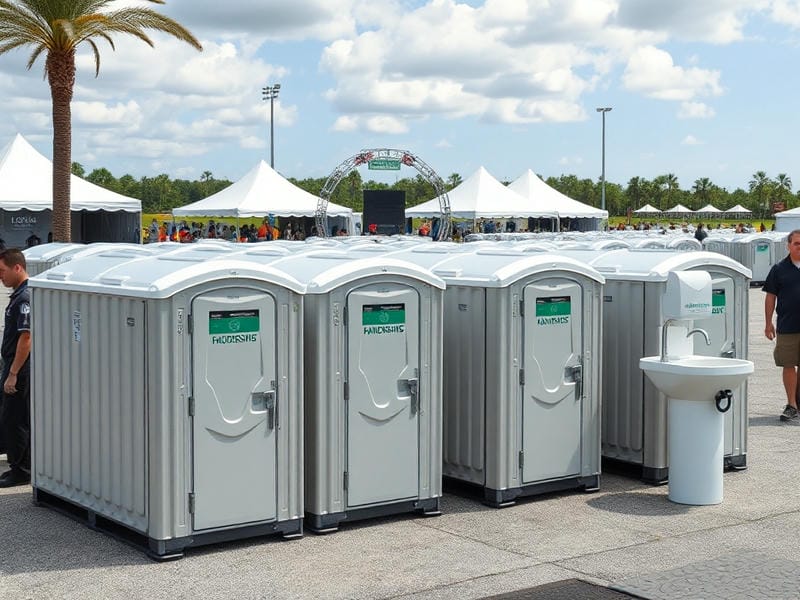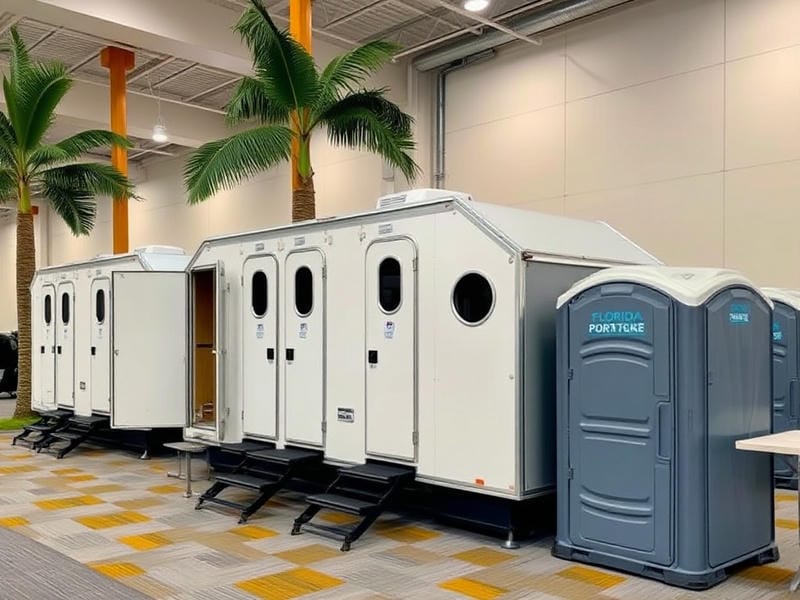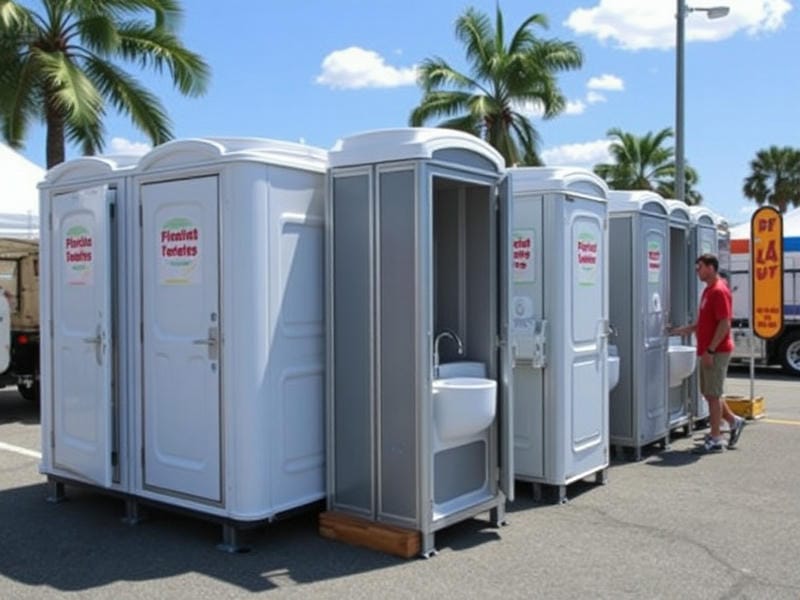
Key Features of ADA-Compliant Portable Restrooms
What You Need to Know About Health Compliance in Temporary Restrooms
When it comes to maintaining public health, one of the most critical areas that often goes unnoticed is the realm of temporary restrooms. Whether found at a bustling outdoor music festival, a construction site, or a county fair, these facilities play an essential role in ensuring sanitation and comfort for users. The importance of health standards and regulations in this context cannot be overstated; they are fundamental to preventing disease transmission and promoting overall public well-being.
Temporary restrooms are unique in their transient nature and high turnover rate. Unlike permanent restroom facilities, which can be rigorously maintained and regularly inspected, temporary restrooms require stringent compliance with health standards to ensure they meet basic hygiene requirements. Porta potties are essential for maintaining hygiene at temporary sites. porta potty delivery Gainesville customer. Health compliance in this setting involves several key factors: proper waste disposal, regular cleaning schedules, adequate handwashing stations, and accessibility for all users. These elements are not merely recommendations but imperative components governed by local and national regulations.
Regulatory bodies have established comprehensive guidelines to manage these aspects effectively. For instance, the Occupational Safety and Health Administration (OSHA) sets specific requirements for sanitation on construction sites where temporary restrooms are prevalent. Similarly, event organizers must adhere to local health department rules regarding the number of units per capita expected at large gatherings. Such measures ensure that there are enough facilities to accommodate attendees without resulting in unsanitary conditions due to overcrowding.
The implications of non-compliance can be severe. Poorly managed temporary restroom facilities can become breeding grounds for pathogens that cause gastrointestinal illnesses among other diseases. This risk is exacerbated when handwashing stations are inadequate or nonexistent, leaving individuals susceptible to infections from fecal contamination. Consequently, strict adherence to health standards is crucial not only for user safety but also for protecting public perception and trust-especially important for businesses relying on successful events or project completions.
Moreover, beyond just mitigating risks, compliance with health regulations in temporary restrooms reflects broader commitments to sustainability and environmental responsibility. Many jurisdictions emphasize eco-friendly practices such as using biodegradable materials or employing water-saving technologies in portable toilet designs. By integrating these sustainable practices into compliance strategies, organizations contribute positively towards environmental conservation efforts while still meeting regulatory expectations.
In conclusion, understanding the importance of health standards and regulations within the scope of temporary restrooms is vital for safeguarding public health. Compliance ensures that individuals using these facilities can do so safely without compromising their well-being or dignity. It stands as a testament to an organization's commitment not only toward legal obligations but also toward their social responsibilities-embracing both hygiene excellence and environmental stewardship as integral components of modern operational practices.
